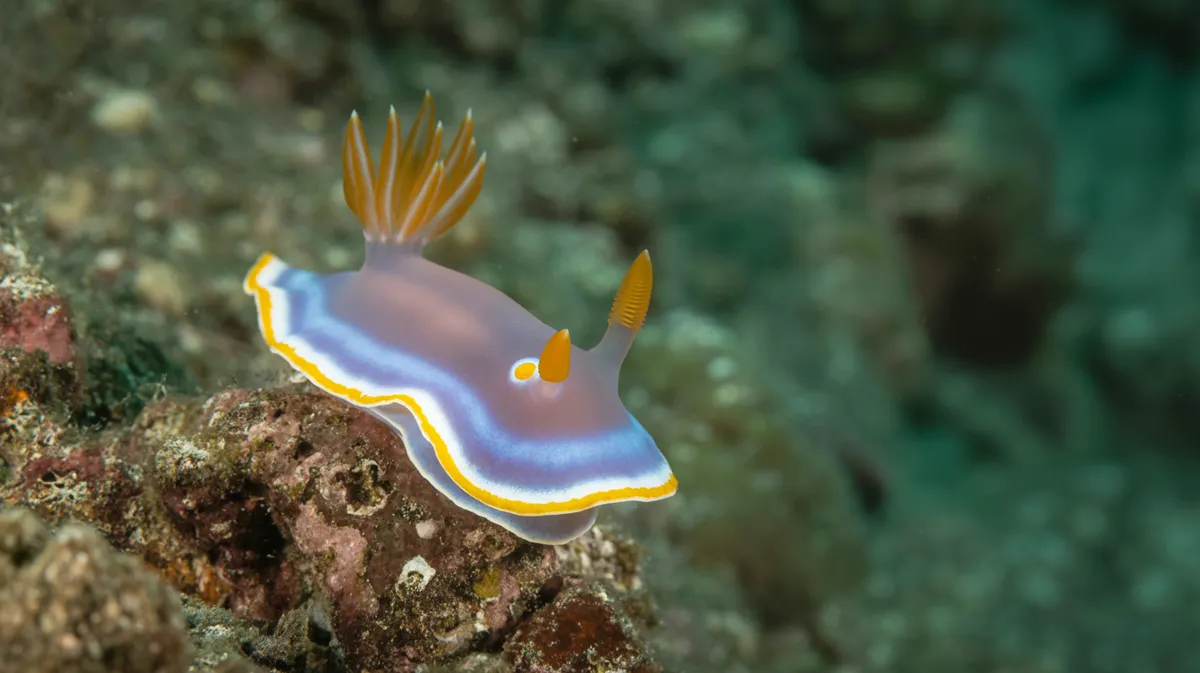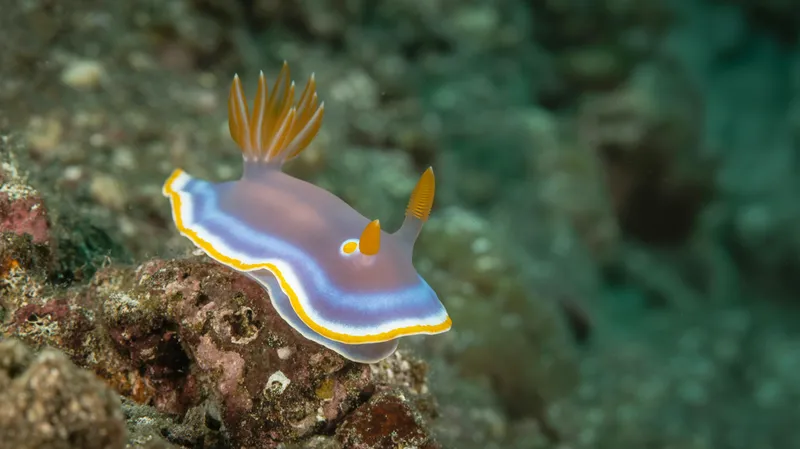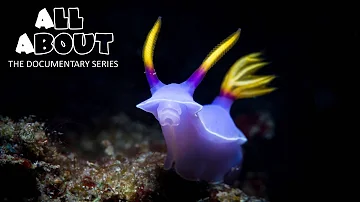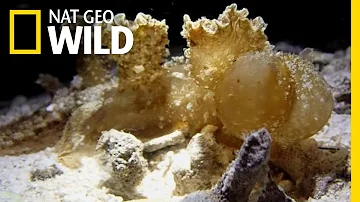
Opaleye Nudibranch
Hermissenda opalescens

Meet the Opaleye Nudibranch
The Opaleye nudibranch is a strikingly colorful sea slug, easily recognized by its opalescent blue lines and orange-tipped cerata that cover its translucent white body. Found in the intertidal and subtidal zones along the Pacific coast of North America, this nudibranch is admired for its vibrant appearance and active behavior. It is a member of the aeolid nudibranchs, which are known for their elongated bodies and numerous cerata used for respiration and defense. The Opaleye nudibranch is a voracious predator, feeding primarily on hydroids, small anemones, and other invertebrates. Despite its delicate look, it can store stinging cells from its prey in its cerata for its own protection.
Classification
Invertebrate
Habitat
Rocky intertidal and shallow subtidal zones along the Pacific coastline
Diet
Carnivore
Lifespan
1-2 years
Conservation
Least Concern
Weight
1-3 grams
📖Fascinating Facts
Dazzling Colors
Its iridescent blue lines and orange tips make the Opaleye nudibranch one of the most eye-catching sea slugs along the Pacific coast.
Borrowed Defenses
It can store stinging cells (nematocysts) from its hydroid prey in its cerata, deterring potential predators.
Surprisingly Speedy
Opaleye nudibranchs are known for being more active and faster-moving than many other nudibranch species.
📋Detailed Description
Hermissenda opalescens, commonly known as the Opaleye Nudibranch, is a medium-sized aeolid nudibranch reaching lengths of up to 50 mm. Its translucent white body is adorned with iridescent blue and orange longitudinal lines, and its numerous cerata—fingerlike appendages—are tipped with vivid orange, providing both respiratory function and defense. The head bears two prominent rhinophores, which are chemosensory organs used to detect prey and environmental cues, and a pair of oral tentacles for tactile exploration. The Opaleye Nudibranch is diurnal and highly active, often seen crawling across rocky substrates in search of prey. Its digestive gland branches into the cerata, giving them a distinctive coloration and enabling the storage of nematocysts (stinging cells) sequestered from cnidarian prey. Hermissenda opalescens is a simultaneous hermaphrodite, possessing both male and female reproductive organs, and engages in reciprocal mating. Eggs are laid in gelatinous ribbons attached to hard surfaces, and development proceeds through a planktonic veliger larval stage before settling as juveniles. This nudibranch exhibits remarkable regenerative abilities, capable of regrowing lost cerata. Its vibrant coloration serves as aposematic signaling, warning predators of its toxicity. The species is found from Alaska to Baja California, favoring temperate rocky shores and kelp forests, and plays a significant role in controlling populations of hydroids and other sessile invertebrates.
💡 Did you know?
The Opaleye nudibranch's scientific name, Hermissenda opalescens, refers to its iridescent, opal-like colors.
🔬Research & Sources
🎭Behavior & Social Structure
Opaleye Nudibranchs are solitary but may aggregate in areas with abundant prey. They exhibit active foraging behavior, using their rhinophores to locate hydroids, bryozoans, and small anemones. Upon contact, they extend their oral tentacles to probe and grasp prey, then use a radula to rasp tissue. Feeding is often methodical, with individuals spending several minutes on a single prey colony. Hermissenda opalescens is known for its rapid escape response when threatened, contracting its body and swimming short distances by flexing laterally. While not social, they may compete for food resources in dense populations. They are most active during daylight hours, likely due to their reliance on visual and chemical cues for navigation and prey detection.
👶Reproduction & Life Cycle
Hermissenda opalescens is a simultaneous hermaphrodite, meaning each individual possesses both male and female reproductive organs. During mating, two individuals align head-to-tail and exchange sperm reciprocally. Copulation can last from several minutes to over an hour. After fertilization, each nudibranch lays a ribbon-like egg mass containing hundreds to thousands of eggs, usually attached to rocks, algae, or other hard substrates. Embryonic development takes 7–14 days, depending on water temperature, after which free-swimming veliger larvae emerge. These larvae spend several weeks in the plankton before settling and metamorphosing into juvenile nudibranchs. There is no parental care post-oviposition. Breeding occurs year-round in temperate regions, with peaks in spring and early summer.
🛡️Adaptations & Survival
The Opaleye Nudibranch exhibits several key adaptations for survival. Its cerata not only function in respiration but also serve as storage sites for nematocysts, which are acquired from cnidarian prey and used for defense against predators. The bright coloration acts as aposematic (warning) signaling, deterring potential predators by indicating toxicity. The rhinophores and oral tentacles are highly sensitive to chemical and tactile stimuli, aiding in prey detection and navigation. Hermissenda opalescens can autotomize (shed) cerata when attacked, distracting predators and allowing escape. Its regenerative capacity enables the regrowth of lost cerata. The species also displays a high tolerance for variable salinity and temperature, allowing it to inhabit a range of intertidal and subtidal environments.
📚Research Sources
🎨Cultural Significance
The Opaleye Nudibranch holds limited direct cultural significance but is a popular subject in marine photography and public aquaria due to its striking appearance. It is often featured in educational materials to illustrate marine biodiversity and the ecological roles of nudibranchs. In scientific research, Hermissenda opalescens has been widely used as a model organism in neurobiology, particularly in studies of learning and memory, due to its relatively simple and accessible nervous system.
🔬Recent Research & Discoveries
Hermissenda opalescens has been extensively studied in the context of neurobiology and behavioral conditioning, serving as a model for classical conditioning experiments. Recent molecular studies have clarified its taxonomic status, separating it from closely related Hermissenda species along the Pacific coast. Ongoing research focuses on the mechanisms of nematocyst sequestration, chemical defense, and the ecological impacts of environmental change on nudibranch populations. Studies on larval dispersal and settlement are providing insights into population connectivity and resilience. The species' ability to regenerate cerata is also of interest in regenerative biology.
🎥Wildlife Videos

Nudibranch Sea Slugs | National Geographic
About National Geographic: National Geographic is the world's premium destination for science, exploration, and adventure.
National Geographic

Nudibranch | All About Documentary Series
In the hidden depths of the oceans, where the light fades and life takes on extraordinary forms, there exists a creature that is as ...
Brock Leonard

A Nudibranch and Blues Sponges
SUBSCRIBE and discover shocking scenes and the most amazing videos: http://goo.gl/fC5pjC Follow us in: Facebook: ...
New Atlantis WILD

Sea of Creepy Monsters - Go Wild
The Lembeh strait in the northern part of the Idonesian island of Sulawesi is a unique hotspot of marine biodiversity. Countless ...
Go Wild

Colorful Sea Creatures: Types of Nudibranchs
Collection of Nudibranchs.
Relaxing Musical Videos

Nudibranch Snacks Along The Ocean Floor | Nat Geo Wild
About National Geographic Wild: National Geographic Wild is a place for all things animals and for animal-lovers alike. Take a ...
Nat Geo Animals
🌍Habitat Information
The Opaleye Nudibranch typically inhabits Rocky intertidal and shallow subtidal zones along the Pacific coastline environments. Opaleye Nudibranchs have adapted to their environments with specialized features and behaviors.
Primary Habitat:
Rocky intertidal and shallow subtidal zones along the Pacific coastline
More detailed habitat information will be available soon.
🛡️Conservation Status
The Opaleye Nudibranch is currently classified as Least Concern. Conservation efforts are crucial for preserving this species for future generations.
Common Threats:
- 🏠Habitat loss and fragmentation
- 🌡️Climate change impacts
- 🎯Hunting and poaching
- 🏭Human-wildlife conflict
⚠️Threats & Conservation Challenges
Currently, Hermissenda opalescens faces few direct threats and is classified as Least Concern. However, localized declines have been observed in areas affected by pollution, coastal development, and habitat degradation. Ocean acidification and warming may impact prey availability and larval development. Collection for scientific research and the aquarium trade is minimal and not considered a significant threat. Population trends are generally stable, but continued monitoring is recommended due to potential impacts from climate change and anthropogenic disturbances.
🔬Scientific Classification
Scientific Name
Hermissenda opalescens
Classification Hierarchy
🔍 About Taxonomic Classification
Taxonomic classification is a hierarchical system used by scientists to classify and organize living organisms based on shared characteristics and evolutionary relationships.
The system moves from broad categories (Kingdom) to increasingly specific ones, with each animal's scientific name typically consisting of its Genus and species.
📝Community Notes
Share your observations and insights about the Opaleye Nudibranch with our community of wildlife enthusiasts.
Join Our Community
Sign in to share your observations and connect with fellow wildlife enthusiasts.
Sign In to ContributeNo community notes yet
Be the first to share your observations about the Opaleye Nudibranch!
Explore Opaleye Nudibranch
Select a tab above to learn more about this amazing animal.
📸Photo Gallery
No photos available for this animal yet.
🌟Discover More Wildlife
Continue your journey of discovery with more fascinating animals from our database
